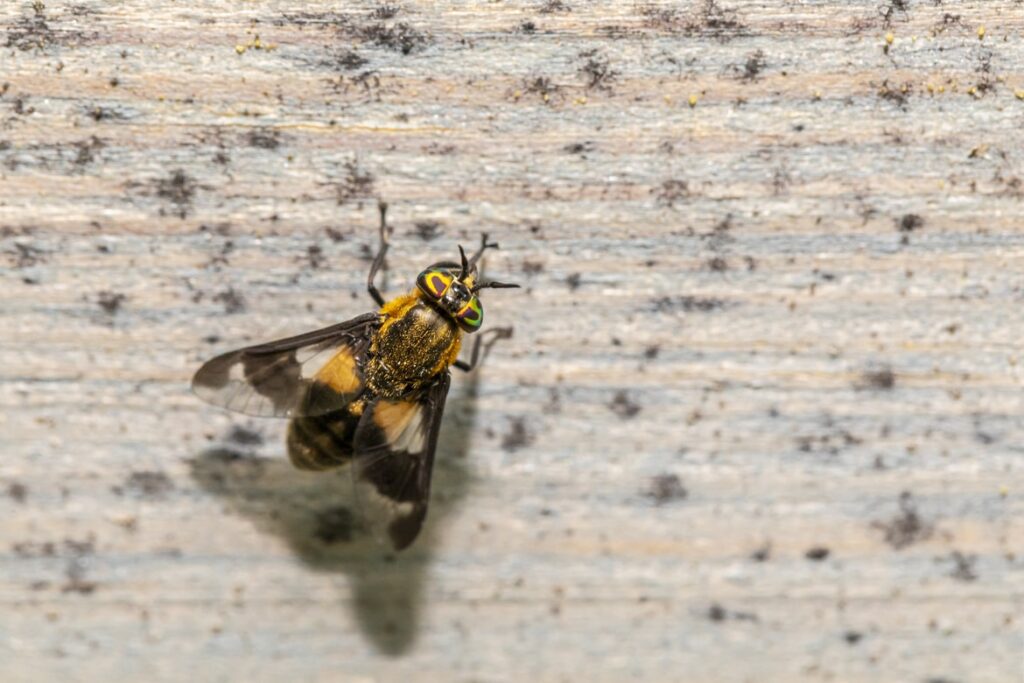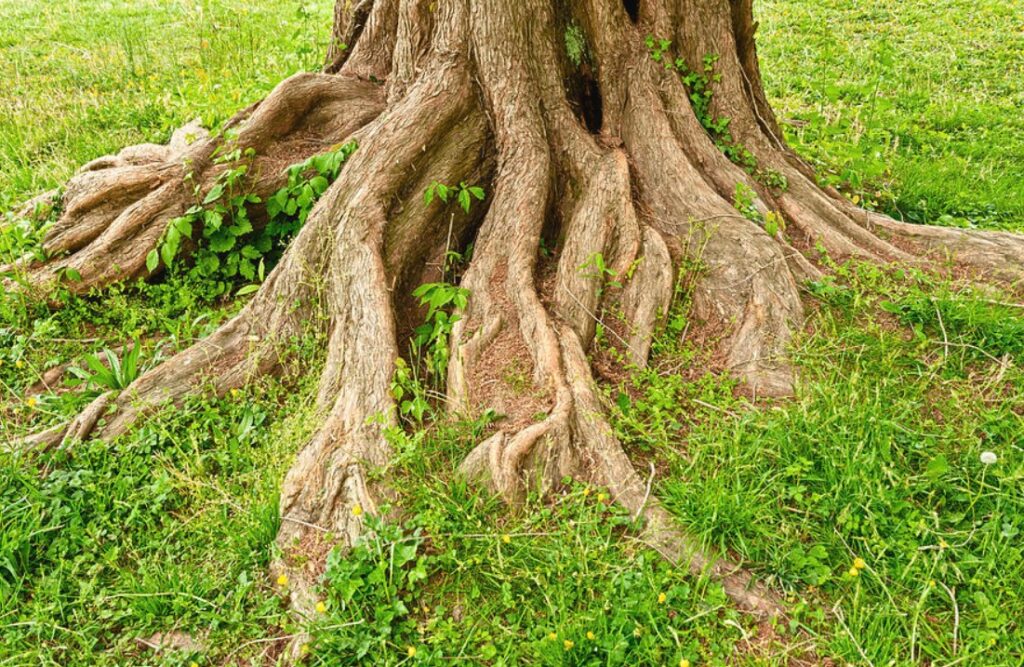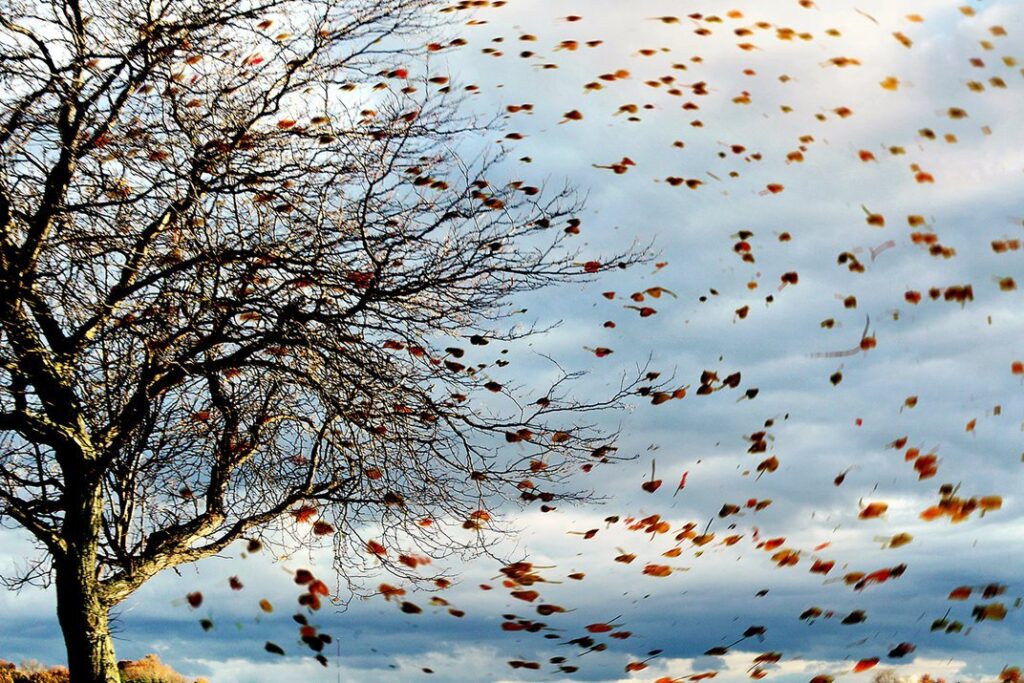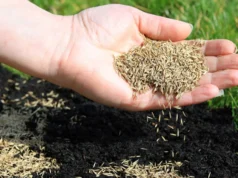
Planting trees in your yard won’t only provide you with numerous health benefits and the perfect amount of shade during hot summer days, but it can also easily increase the value of your property – approximately 5 to 15% more. However, there are some situations where you’ll have to remove them for safety or aesthetic reasons.
Since spring is almost here, you might be wondering how can you tell whether the trees in your garden are healthy or if you’ll have to remove them. Luckily for all homeowners that are wondering the same thing, we’ve compiled a list of the top red flags that’ll tell you if you can leave or remove the trees from your property:
1. If There is Decay, Pests, & Insects

One of the first things that you need to remember is that a diseased tree will be more susceptible to pests and infections, which is something that can easily lead to decay. If the trunk or any other part of the plant starts decaying, it could end up damaging your property and house, mostly because it’ll have a structure that is completely unstable and that won’t be able to resist a wide range of external factors such as strong winds or pressure from the snow.
But, even if the structure is good – meaning that the tree isn’t moving or that it didn’t start leaning to one side – it could cause other problems. Since a diseased and decaying tree won’t be visually and aesthetically appealing, it could end up lowering the price of your property if you’re planning on selling it in the future, thus, if you notice any of the aforementioned things, you should opt for completely cutting down the tree.
2. Infections Can Spread
While on the topic of infections and diseases, you should know that any vegetation – including flowers, grass, and shrubs – that are infected by illnesses, pests, or insects could end up withering. If this is something that is happening to your trees, cutting it down is the best option you have, mostly because it’ll keep you and your family safe, but more importantly, it can prevent the infestation from spreading to other plants.
3. If The Trunk Started Decaying

If the trees in your garden are experiencing structural issues such as the trunk decaying, you should know that this can create additional problems for you. For starters, it could start spreading the infection to other plants, but it could also cause branches to fall down and injure someone. Now, an experienced arborist might be able to hinder and completely stop the decay, however, if the decay is too severe, you’ll need to remove them from your yard.
4. If It’s No Longer Alive
As you already know, a tree is no longer alive when it doesn’t produce buds and leaves, when it cannot provide you with shade, and when it isn’t able to retain water. This will, of course, lead to structural hazards, which will then lead to potential safety hazards. Keep in mind, if the trees are large, you’ll need a professional and skilled company that can remove them, so, before you choose the first company that comes up in your search results, ensure that you learn more about the tree service you can opt for.
5. If Weather Conditions Damaged it

Storms, lightning, strong winds, heavy snowfall, and hail can damage your trees. Some of the things that they could cause include broken branches, blow-overs, root failure, breakage, as well as decay.
All of this can lead to potential safety issues, hence, it might be wise to inspect your trees whenever there are drastic weather conditions. If broken branches are the only issues that the weather conditions caused, you won’t need to remove the whole tree, but things such as root failure should be addressed immediately.
6. If It’s Leaning
As we mentioned, issues with the trunk, roots, and structure of the trees can lead to safety hazards, especially since a leaning tree could fall down on your house, resulting in some really expensive renovations and repairs.
If the branches are overgrowing and if the tree is leaning, you should call a removal company that’ll assess the situation and tell you what option and approach are the best for you. Also, if pruning doesn’t help, it’s possible that you’ll need to cut it down.
7. If It’s Too Large

If your backyard is small, it’s possible that a tree or several of them will press against your house, windows, doors, and foundation, all of which can cause structural problems. In most situations, cutting them down will solve the issue of restricted space, however, the roots need to be taken care of since they’ll likely continue growing and expanding, and because of this, working with an expert is always recommended.
8. If The Trunk is Cracked + if The Bark is Infected
Last on this list, but definitely worth mentioning is the fact that you must cut down any tree that has a cracked trunk, as well as an infected bark. For starters, a cracked trunk can mean that the structure of the plant is compromised, which again, can cause it to collapse, hurt you, your family, and pets, as well as damage or completely destroy your house or any other structure located in your backyard – such as a gardening shed.
The bark is also an important component that you need to examine. For example, if it’s showing signs of infections, this can lead to the trunk being hollow, which again, will cause the situation we mentioned in the previous paragraph. Keep in mind, no matter which of these two things can be said about the trees in your backyard, it’s crucial that you call a professional that’ll help you determine what you must do.
Conclusion
Whether you want to increase the aesthetic appeal of your backyard or if you simply want to know if you can do something to save the trees on your property, if you notice any of the red flags we’ve mentioned above, it’s best if you call a skilled expert that’ll help you determine what your next steps should be.
Hence, since you now learned what you’ll need to do in order to determine if you’ll have to hire a professional removal company, you shouldn’t lose time. Instead, while keeping all of the things we’ve mentioned above in mind, head to your garden, and start inspecting your trees!













